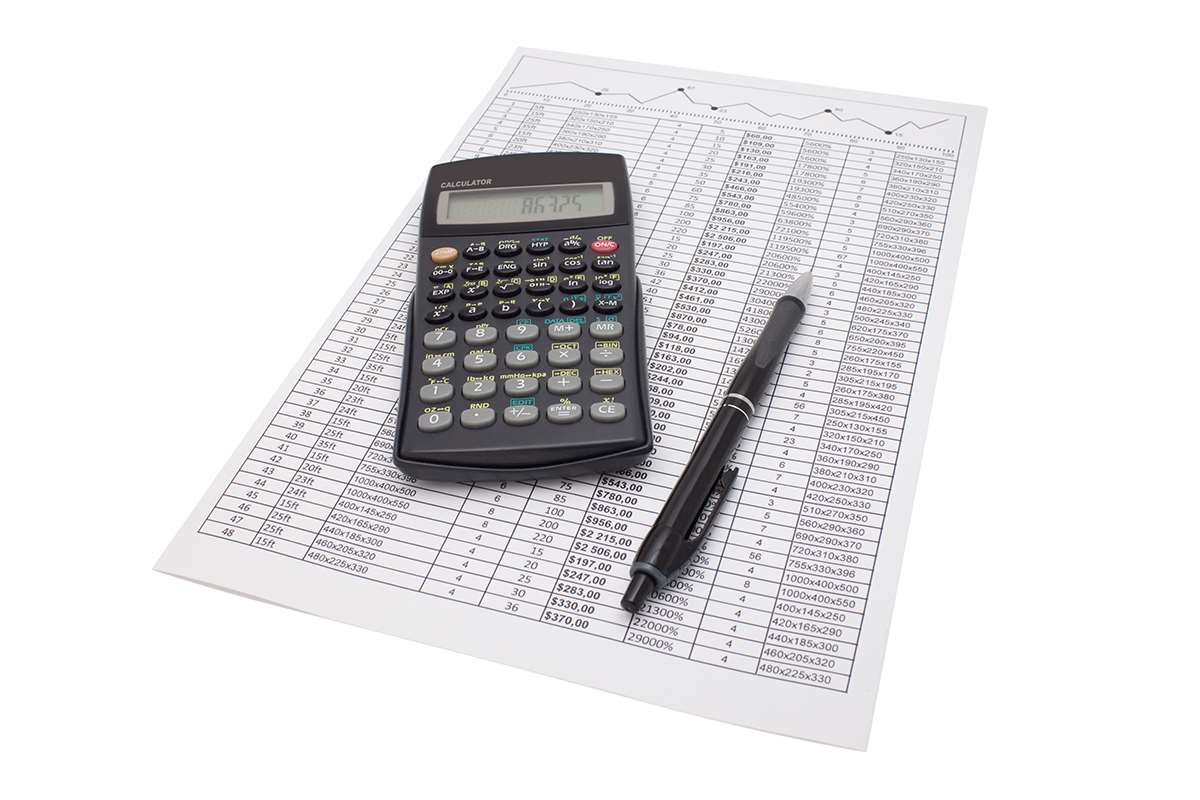
Investors are interested in a business’s cash flow compared to its liability, which reflects current debts and bills. This straightforward relationship between assets, liabilities, and equity is the foundation of the double-entry accounting system. That is, each entry made on the Debit side has a corresponding entry on the Credit side.
Accounting equation examples

Because you make purchases with debt or capital, both sides of the equation must equal. As an alternative, you may purchase the truck by making a down payment for part of its cost and taking out a loan for the remainder. For example, ABC Co. started the company on 02 January 2020 by injecting cash into the business of $50,000. The $30,000 came from its owner and $20,000 came from the borrowing from the bank. This arrangement can be ideal for sole proprietorships (usually unincorporated businesses owned by one person) in which there is no legal distinction between the owner and the business. For example, John Smith may own a landscaping company called John Smith’s Landscaping, where he performs most — if not all — the jobs.
- Single-entry accounting only shows expenses and sales but doesn’t establish how those transactions work together to determine profitability.
- If there is a deficit, the company will have to dip into savings or take out a loan to fund its activities.
- It also shows that resources held by the company are coupled with claims against them.
- Rearrangement in such a way can be useful when looking at bankruptcy.
- Current assets and liabilities can be converted into cash within one year.
- It can be defined as the total number of dollars that a company would have left if it liquidated all of its assets and paid off all of its liabilities.
The basic accounting equation at a glance
Revenue and expense accounts were used temporarily and were ultimately closed to Retained Earnings. As a result, the income statement account balances were set to zero and the Retained Earnings balance increased by the net income amount of $800. The Retained Earnings account normally has a credit balance. Closing entries move the credit balances of revenue accounts into Retained Earnings and cause that account to increase. Closing entries also transfer the debit balances of expense accounts into Retained Earnings, causing it to decrease. The assets have been decreased by $696 but liabilities have decreased by $969 which must have caused the accounting equation to go out of balance.

Understanding the Accounting Equation
The $30,000 cash was deposited in the new business account. Liabilities are the amounts of money the company owes to others. Think of liabilities as obligations — the company has an obligation to make payments on loans or mortgages or they risk damage to their credit and business.
Single-entry vs. double-entry bookkeeping system
The life of an ongoing business can be divided into artificial time periods for the purpose of providing periodic reports on its financial activities. Additionally, the equation formula may also be broken down further on the capital part to detail the additional contributions of the capital. In this case, the capital will become the beginning capital and additional contributions. Unearned revenue from the money you have yet to receive for services or products that you have not yet delivered is considered a liability.

Everything You Need To Master Financial Statement Modeling
- The accounting equation is also called the basic accounting equation or the balance sheet equation.
- For instance, inventory is very liquid — the company can quickly sell it for money.
- That is, each entry made on the Debit side has a corresponding entry on the Credit side.
- As you can see, shareholder’s equity is the remainder after liabilities have been subtracted from assets.
- If at any point the sum of debits does not equal the sum of credits, it may indicate a mistake has been made in the recording of financial transactions.
Owner’s equity is the remaining of what the company has after deducting all liabilities from its total assets. Due to this, the owner’s equity is also known as net assets or net worth. In fact, most businesses don’t rely on single-entry accounting because they need more than what single-entry can provide. Single-entry accounting only shows expenses and sales but doesn’t establish how those transactions work together to determine profitability. While the accounting equation goes hand-in-hand with the balance sheet, it is also a fundamental aspect of the double-entry accounting system.
- Any transaction that affects one side of the equation will also affect the other side to keep the equation in balance.
- The ending balances prove that total assets of $1,900 (1,500 + 400) equal total liabilities and stockholders’ equity of $1,900 (100 +1,000 + 800).
- He currently researches and teaches economic sociology and the social studies of finance at the Hebrew University in Jerusalem.
- It offers a quick, no-frills answer to keeping your assets versus liabilities in balance.
- It’s difficult to fake the cash flow coming in and leaving a company.
- Along with Equity, they make up the other side of the Accounting Equation.
This transaction affects both sides of the accounting equation; both the left and right sides of the equation increase by +$250. Since the free cash flow equation is both an efficiency and liquidity ratio, it gives investors a great deal of information about the company. The free cash flow formula is calculated by subtracting capital expenditures from operating accounting equation broken down cash flow. The OCF portion of the equation can be broken down and be calculated separately by subtracting the any taxes due and change in net working capital from EBITDA. Here are four practical examples of how the accounting equation works in a double-entry system. Our bank caused the debit side to decrease, but then our new phone caused it to increase.

